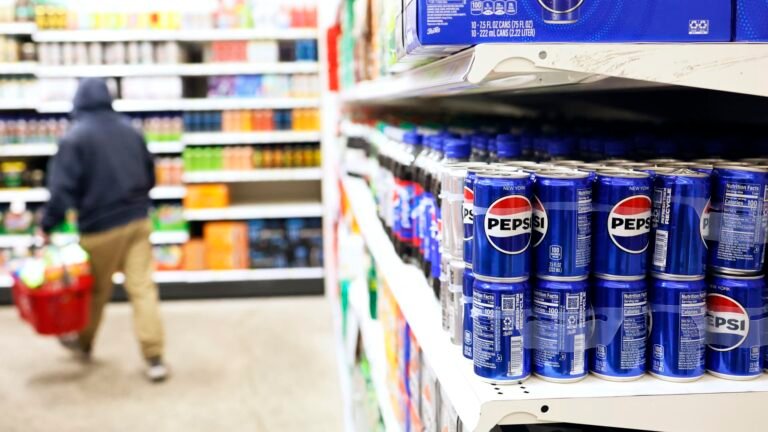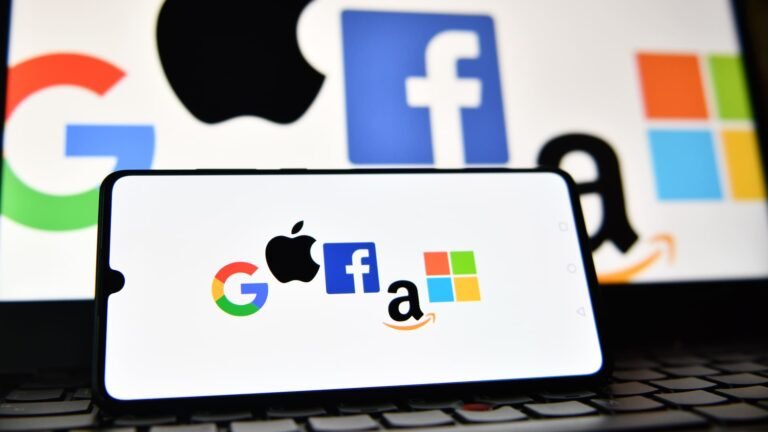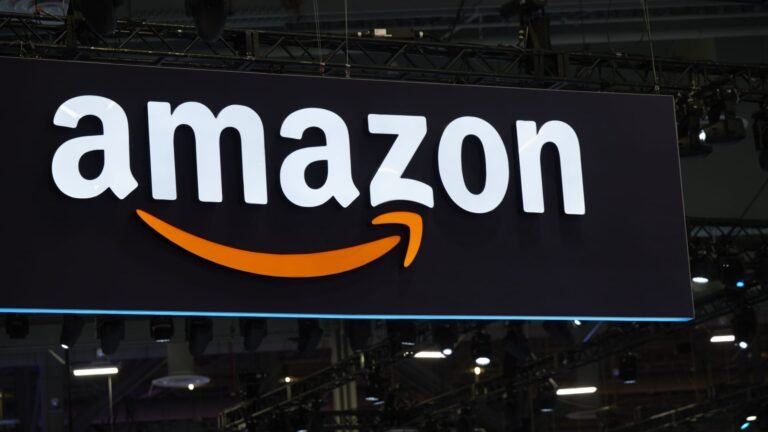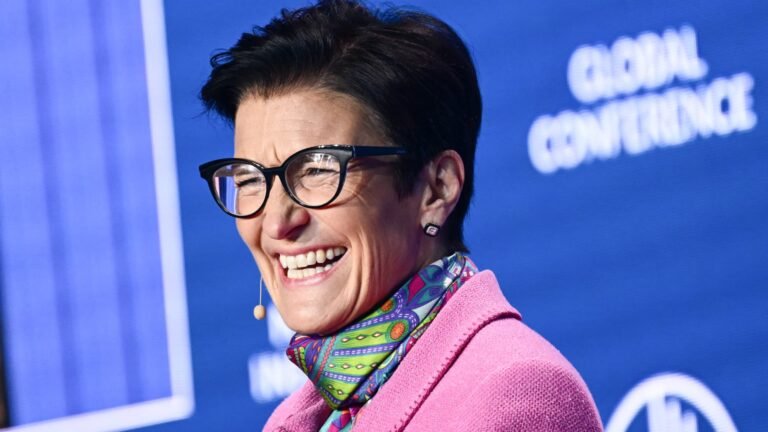
The toy industry is facing its second consecutive annual sales decline, with one exception: colorful, interlocking plastic bricks. Lego, a Danish company, has been experiencing rapid growth amidst the struggles of other toy companies to match the pandemic-era sales surge. In the first six months of the year, Lego’s revenue surged by 13%, allowing it to gain market share.
Eric Handler, managing director at Roth MKM, highlighted that Lego has been the driving force behind the growth in toy sales this year. Despite facing near-bankruptcy in the early 2000s, Lego revamped its business model, diversified its customer base, and managed to boost sales even in inflationary market conditions. Over the past six years, Lego has consistently achieved positive annual revenue growth.
Lego’s strategy involves venturing into licensing, appealing to both adults and children, entering the digital gaming realm, collaborating with studios and streamers to deliver Lego content to consumers, and establishing manufacturing sites near distribution centers to streamline the supply chain. The company has focused on introducing new “passion points” kits that cater to various consumer interests, from popular franchises like Star Wars and Harry Potter to car enthusiasts and animal lovers.
James Zahn, editor in chief of The Toy Book, noted that Lego has defied industry trends by consistently growing while others decline. By staying ahead of the curve, Lego has demonstrated agility during times of inflation and disruptions in the entertainment industry.
Lego’s success is also attributed to its licensing partnerships, which allow the brand to tap into popular culture and engage a dedicated consumer base. Since its first licensed partnership with Lucasfilm in 1999 for Star Wars sets, Lego has collaborated with numerous partners to create building block sets based on iconic franchises like Harry Potter, Lord of the Rings, Marvel, and DC.
Julia Goldin, chief product and marketing officer at Lego, emphasized the company’s commitment to attracting new audiences by expanding its product range. Lego’s collaboration with Formula 1 to develop F1-inspired sets, catering to a wide age range from preschoolers to adults, exemplifies its strategy to diversify its offerings and engage different consumer segments.
Despite challenges in the toy industry due to disruptions in Hollywood production pipelines, Lego has maintained a robust product lineup and expanded its presence beyond traditional retail spaces. By launching theatrical features, partnering with streaming platforms, and integrating into popular games like Fortnite, Lego has continued to innovate and engage consumers through various channels.
Lego’s focus on digitalization and interactivity aligns with its goal of staying relevant to evolving consumer preferences and behaviors. By creating immersive experiences and expanding its entertainment offerings, Lego aims to connect with audiences across different platforms and drive sales of physical Lego kits.
The company’s strategic partnerships with Disney+ for animated shows and the release of feature-length content like “Piece by Piece” underscore its commitment to engaging a broader audience and conveying the brand’s values in entertaining and meaningful ways. Looking ahead, Lego plans to launch new theatrical projects while continuing to produce content tied to existing shows for platforms like Netflix, Nickelodeon, and YouTube.







